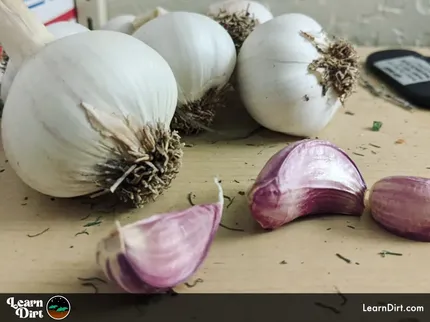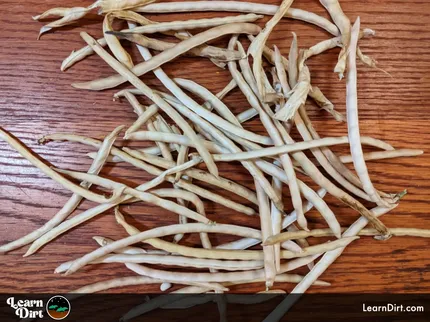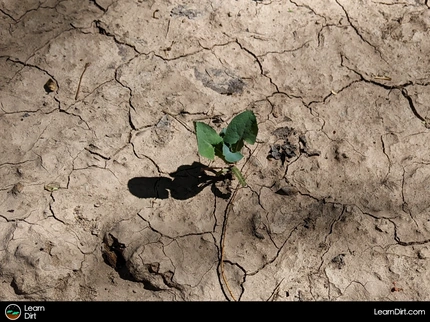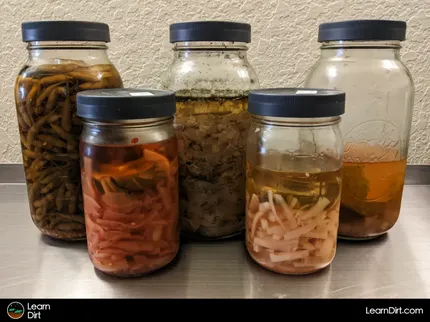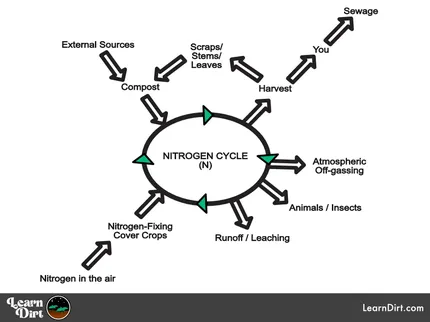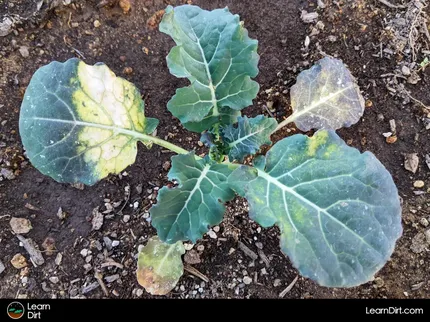Table of Contents
- What Does a Plant Need to Grow?
- Why Can Plants Live in a Glass of Water?
- How Long Can Plant Cuttings Survive in Water?
- What Nutrients Can You Give to a Cutting in Water?
* Our articles never contain AI-generated slop *
Being used to seeing plants grow in soil, I often find folks puzzled at how plant cuttings can survive in just water.
If a plantlet can survive for months in a cup of water on a window sill, why even waste money buying soil in the first place?
Let's talk about how plant cuttings can survive in just water, how long they can do that, and dive into the science behind it.
Disclaimer: This post may contain affiliate links. Refer to the privacy policy for more information.

What Does a Plant Need to Grow?
Water
Just like animals, plants are comprised of more water than anything else.
That means that a jar of water in a sunny window already provides the #1 thing your plant cutting needs.
Light
As long as the window is sunny enough for the type of plant, you've got the second thing plants need - light.
If your window isn't sunny enough for the type of plant you're growing (or you don't have a window), utilize a plant light or florescent light to supplement.
Carbon
Behind water, plants are comprised of more carbon than anything else.
Though soil contains plenty of carbon, plants don't really need to get theirs from soil. Rather, soil-bound carbon usually came from plants and not the other way around.
Join The Grower's Community
Find your people.
Your voice matters here 🌱
Check It Out!
Plants can transpire CO₂ through their leaf stomata, uptaking it and breaking the O2 off by utilizing the energy from photosynthesis.
The O2 is emitted as waste, and helps give all us animals something to breathe.
The Carbon is utilized by the plant for its cells and structure, and then excess carbon is exuded through the roots as carbon sugars.
These carbon root exudates feed the entire microbiome from the bottom up, beginning with beneficial bacteria and mycorrhizal fungi.
Eventually, soil-bound carbon increases as a side-effect of having plants growing in it.
In other words, a plant cutting can happily grow in a glass of water while pulling atmospheric carbon from the air. It doesn't need any soil to get carbon from, so another one of its needs is already met while growing in plain water.
In fact, the carbon you're exhaling is the very same carbon that the cutting on your window sill is transpiring and utilizing to grow!
Nitrogen
Nitrogen is the first requirement that a plant has which it usually cannot fulfill in plain water alone.
Up until this point, the plant cutting could get everything it needed from a jar of water in a sunny spot.
When it comes to nitrogen, only nitrogen-fixing plants such as legumes are capable of pulling nitrogen out of the air. Nitrogen-fixers don't do this directly, rather in symbiosis with nitrogen-fixing bacteria which can pull the nitrogen from the air.
For that reason, nitrogen-fixing plants may be able to fulfill their nitrogen needs in a jar of water if their root nodules can become colonized by nitrogen-fixing bacteria.
If not, even the nitrogen fixers will not survive the glass of water indefinitely without the addition of nitrogen to the system.
Without nitrogen, your plants will only be able to grow for so long. This may be weeks or months, but eventually you'll notice yellowing leaves which finally fall off. That's one clue that your plant cutting needs nitrogen.
As a mobile nutrient, plants are able to move nitrogen around their structure and allocate it where required. This process also plays a role in roots being produced from a cutting in water. The plant is able to reallocate some of its stored nitrogen into growing roots in the water.
Between water, carbon, sunlight, and reallocation of nitrogen a plant is able to do a lot in water sitting in a sunny place. It can reassemble itself in a way that prepares it for planting and rooting.
Phosphorus, Potassium, Calcium, Magnesium, Sulfur, Minerals, & Trace Elements
All remaining macronutrients, minerals, and trace elements are found in native geology in soils, or amended as a supplement where native soils lack a suitable geologic spectrum.
A plant cutting growing in water does not have access to any of these elements, aside from the dissolved solids in the water.
Hard water or unfiltered water may contain more dissolved minerals that plant cuttings can utilize, however unfiltered water may contain chlorine and chloramines which can harm plants and associated microbiology. I always recommend filtering to remove the chlorine and chloramine.
Plants will ultimately not be able to fulfill all of their mineral and element needs from water alone, and this will become a barrier to continued growth and survival.
In all likelihood, however, a plant cutting in a glass of water will likely exhaust its nitrogen before it exhausts its minerals and trace elements.
Dig Cool Merch?
Why Can Plants Live in a Glass of Water?
Because the plants primary needs are being met in a glass of water in a sunny window, it can survive and grow in the short term.
Water, sunlight, and carbon are all available to a plant in a glass on a window sill.
Plants can often survive these conditions, but rarely thrive in them over the long term.
How Long Can Plant Cuttings Survive in Water?
Many weeks or months, but not indefinitely if you aren't adding nutrients.
What Nutrients Can You Give to a Cutting in Water?
Since we promote organic gardening methods here, I'd suggest adding a few tsp of compost tea to your windowsill plants in water. Compost tea is a liquid nutrient and probiotic which you can easily brew at home.
Adding compost tea periodically should allow your plants to grow indefinitely in just water.
In fact, some folks run hydroponic such as deep water culture and utilize compost tea and water alone in the system!
That's all for now, thanks for reading!
If you have any questions, comments, or would like to connect with fellow gardeners, head on over to the forum and post there.

![Don't Till Away Your Carbon [Taffy]](/media/product_images/dont-till-away-your-carbon-[taffy]_sticker_260x260.png)
![Black Dirt Live Again [Green]](/media/product_images/black-dirt-live-again-[green]_sticker_260x260.png)
![Black Dirt Live Again [Blue]](/media/product_images/black-dirt-live-again-[blue]_sticker_260x260.png)
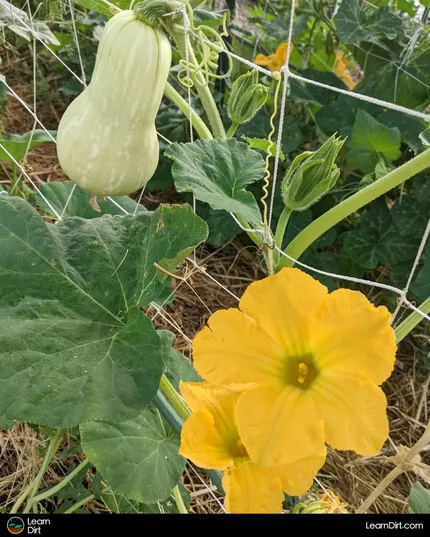
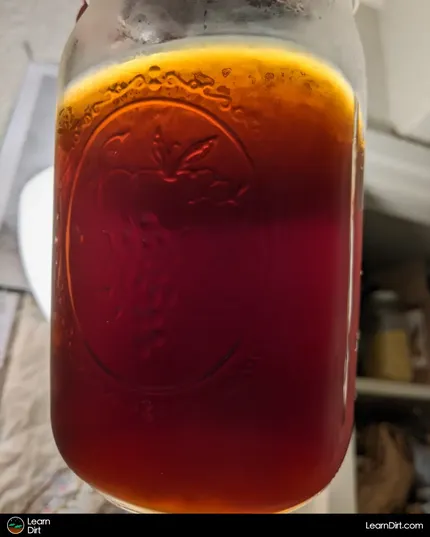
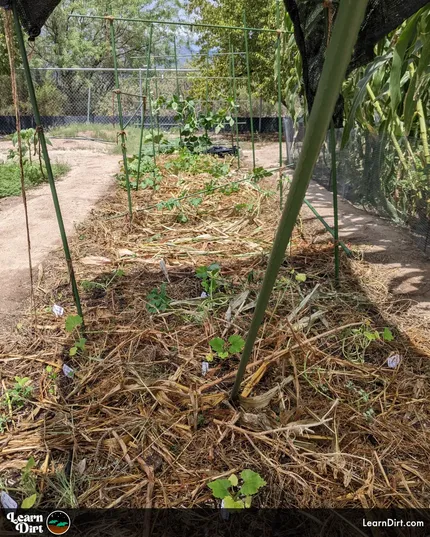
![Black Dirt Live Again [Green]](/media/product_images/black-dirt-live-again-[green]_shirt_260x260.png)


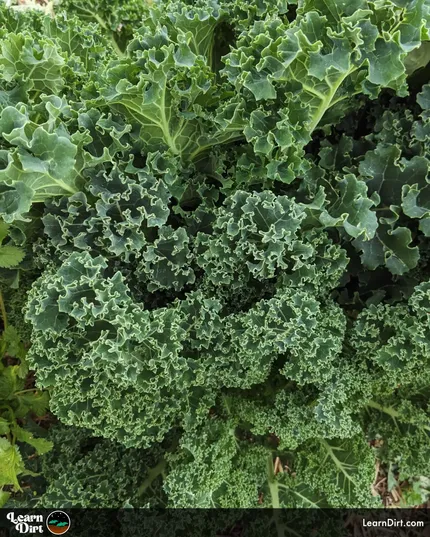
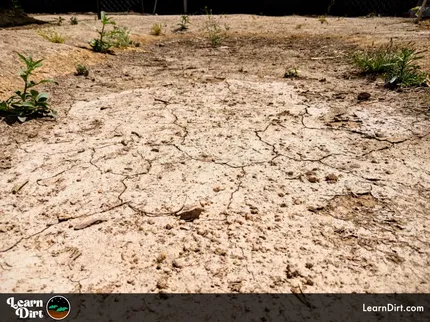
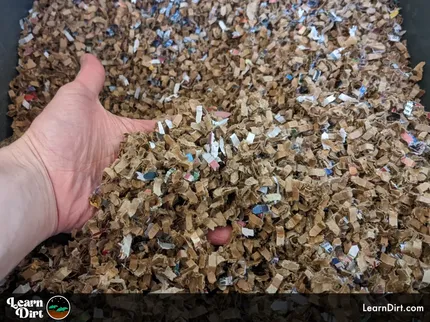
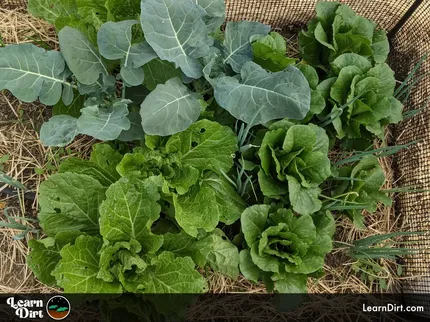
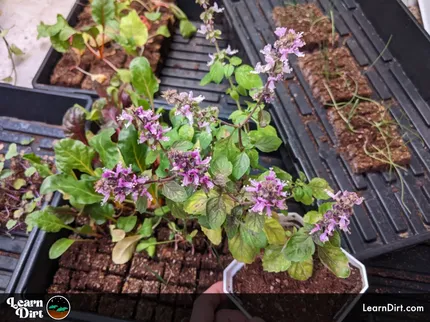
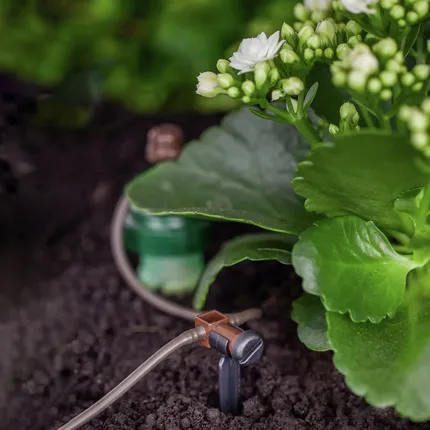
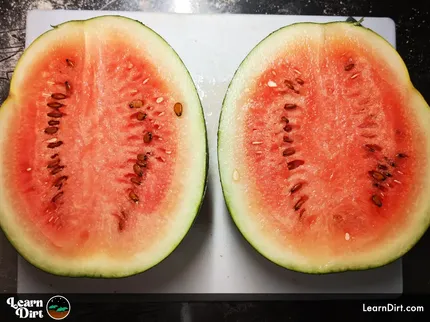
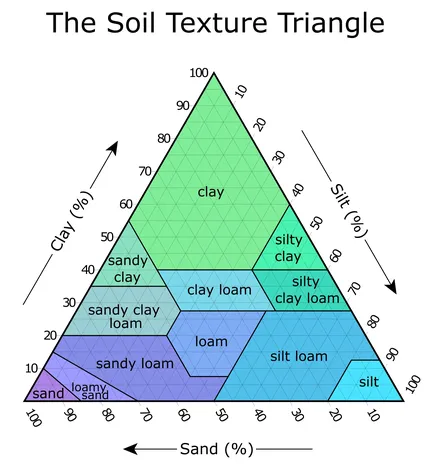


![Black Dirt Live Again [Blue] T-shirt](/media/product_images/black-dirt-live-again-[blue]_shirt_260x260.png)
![Don't Till Away Your Carbon [Taffy] T-shirt](/media/product_images/dont-till-away-your-carbon-[taffy]_shirt_260x260.png)

